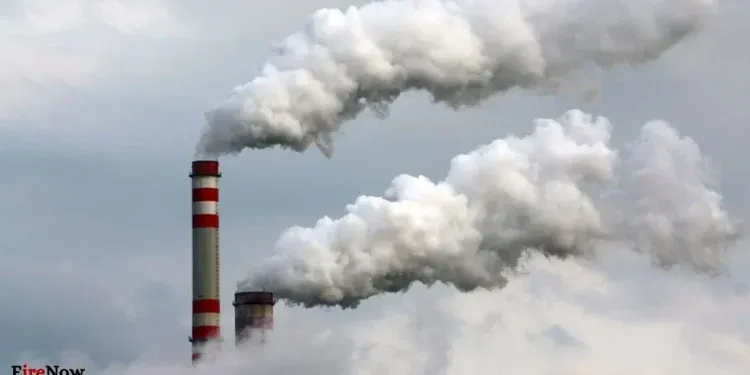DUBLIN – A new report from the Environmental Protection Agency (EPA) has highlighted a pressing concern for Ireland’s public health and environment, stating that more needs to be done to protect clean air across the country. The report, “Air Quality in Ireland 2024,” warns that while current air quality meets EU legal requirements, the nation is not on track to meet new, more stringent pollution limits set to take effect by the start of 2030.
The new rules, part of the EU’s recently adopted Ambient Air Quality Directive, aim to align Europe’s standards with the latest World Health Organization (WHO) guidelines. The directive, formally adopted in October of last year, introduces significantly tighter limits for key pollutants and adds new targets for previously unmonitored substances like ultrafine particles (UFP) and black carbon. Ireland is required to transpose this directive into national law by the end of next year.
According to the EPA, the challenge lies in the country’s main sources of air pollution: solid fuel burning in open fires and stoves, and emissions from road traffic. The report reveals that Ireland is currently projected to achieve only 93% compliance with the proposed new limits for fine particulate matter (PM2.5) and 78% for nitrogen dioxide (NO2).
These pollutants have a significant public health impact. The EPA’s report estimates that approximately 1,700 premature deaths occur in Ireland each year due to poor air quality. The new EU directive’s goal is to reduce pollution-related premature deaths across Europe by 55% by 2030.
To bridge this gap and meet the new targets, the EPA’s report outlines a need for a decisive shift in policy and public behavior. Key recommendations include:
- Phasing out solid fuels: A move away from burning solid fuels like smoky coal, turf, and wet wood is crucial. Existing regulations, which came into effect in late 2022, have already placed restrictions on the sale of these high-polluting fuels, but further public and policy support is needed for cleaner heating alternatives.
- Decarbonizing transport: The report calls for a major push toward electric vehicles (EVs) and a reduction in overall road traffic. The government’s Climate Action Plan aims to have a significant number of EVs on the road by 2030 and is implementing measures like home charger grants and an expanded public charging network. However, the EPA’s own projections show Ireland is off-track in meeting its wider climate targets, underscoring the urgency of these actions.
- Promoting public and active transport: To reduce car dependency, the report emphasizes the promotion of public transport and the development of infrastructure for walking and cycling. City-level initiatives, such as Dublin’s plan to reduce traffic, are seen as key components of this strategy.
Pat Byrne, Director of the EPA’s Office of Radiation Protection and Environmental Monitoring, underscored the long-term benefits of these changes. “Supporting people to shift towards cleaner heating and more sustainable travel isn’t about giving something up,” he said. “It is about gaining healthier air and healthier lives.”
The report serves as a critical wake-up call, urging a concerted effort from the government, industry, and the public to implement the necessary changes to secure a healthier and more sustainable future for Ireland.







